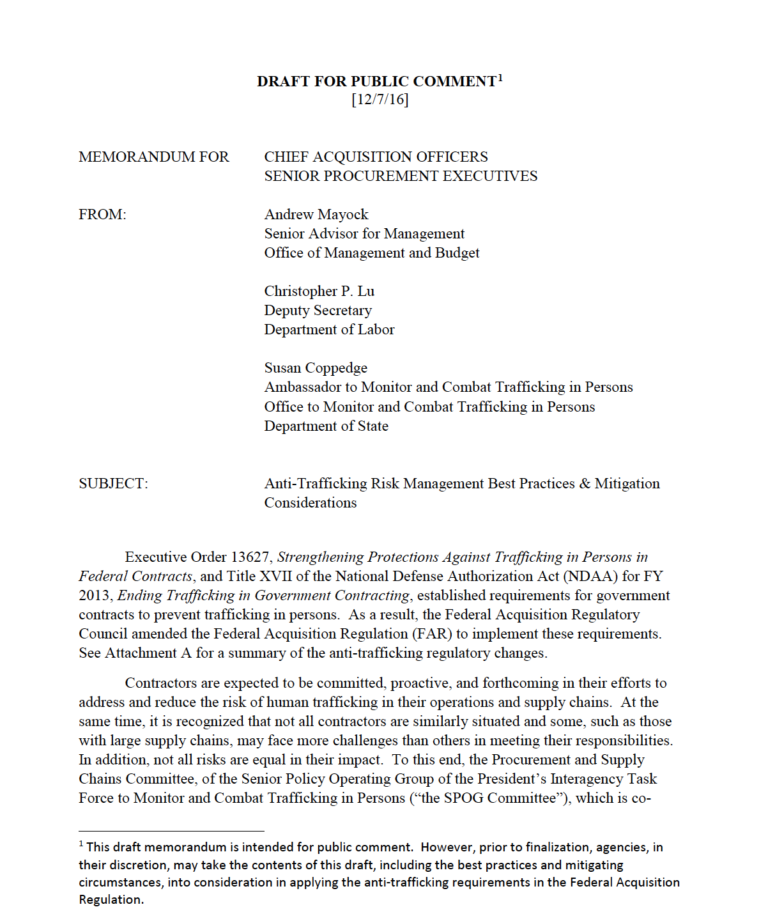Darknet online communities of child sexual abusers: Reinforcing and rationalising offending behavior
GuidanceWhen planning the ReDirection project, we decided to inquire into the largest darknet communities of child sexual abusers and examine their members’ attempts to refrain from sexual violence against children and their support for each oth...Read More

